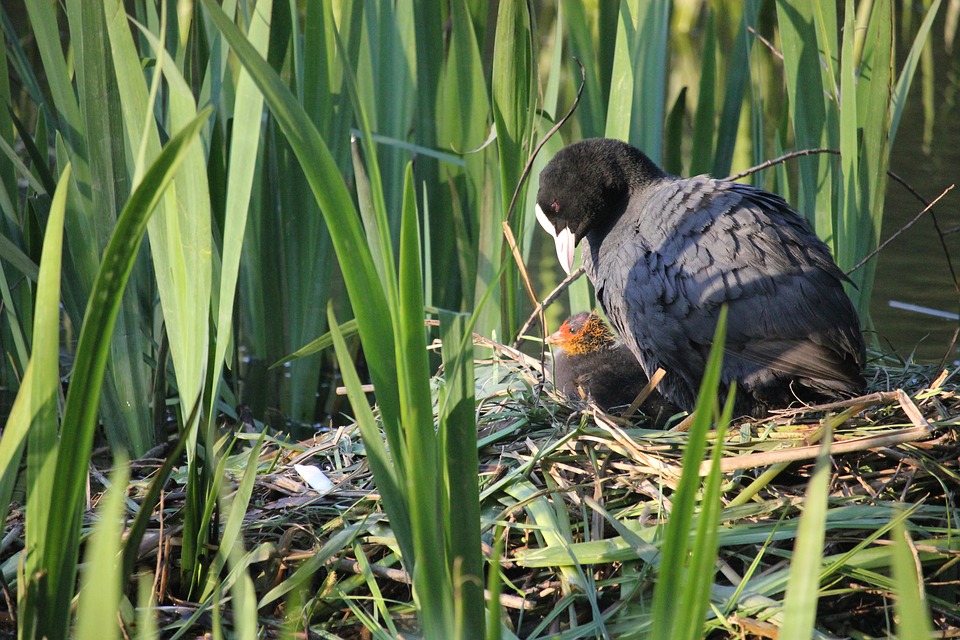
Peter is the Executive Director of DiversAct, an international NGO in Europe. The mission of the organization is to put biodiversity and natural resource management high on the public agenda and to implement environmental projects in Africa, Asia, and Europe, funded mainly by donations and European governments—with no collaboration with the private sector. He believes most of the challenges around natural resource management and biodiversity cannot be tackled by NGOs or Governments alone and wants to introduce collaboration with the private sector in projects.
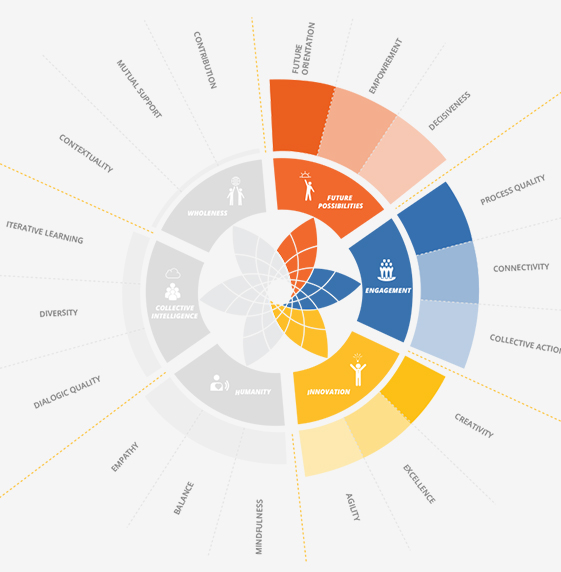
With the tool identify your competency pattern Peter identified as his main strengths engagement and future possibilities. He was known as somebody who could brilliantly align people behind a goal, get commitment to a well-defined and structured process, and play his networks within the organization to produce alliances—all aspects of engagement. What counted for him, though, were results. Peter was known for setting clear goals and following through until they were achieved. If he was convinced of an idea, he would implement it. But he felt that his ability to make things happen would not be sufficient for the challenges ahead. After contemplating what would be the first move to shift his organization towards a more open collaborative future and the willingness to try new approaches, he decided for collective intelligence. He thought that diversity of thoughts and perspective, a definite strength of his organization, could possibly be the pathway to the innovative approaches he was looking for. He realized that his biggest challenge was an organizational culture of highly knowledgeable experts that were used to implement projects the way they had always done it. He introduced the tool identify a challenge pattern to his senior team and ask them to give their assessment of the current culture and the clarity of future impact.
The results were an eye-opener. Peter invited his senior team for a retreat and used the results from the compass tool as the basis for a conversation about old and new ways of doing things. The assessment differed to a certain extend, as some swa the strength of the organization more in wholeness, and others more in humanity. All had identified that despite high quality ambitions in project implementation, innovation was missing. Surprisingly, despite a clear commitment of all staff to advocacy for biodiversity and improvement of natural resource management, the entire senior team hat rated the clarity of a joint vision for the organization as very low. This opened a new conversation on how to move into the future while reestablishing an emotional connection to a really compelling goal. It also generated ideas, how to spot innovative approaches within the organization. The possibility of testing cooperation with private sector was suddenly seen as one of such possibility. 12 months later the senior team had embarked on a strategy of innovation labs throughout the organization. Fund had been set aside for prototyping new approaches, including cooperation with the private sector.
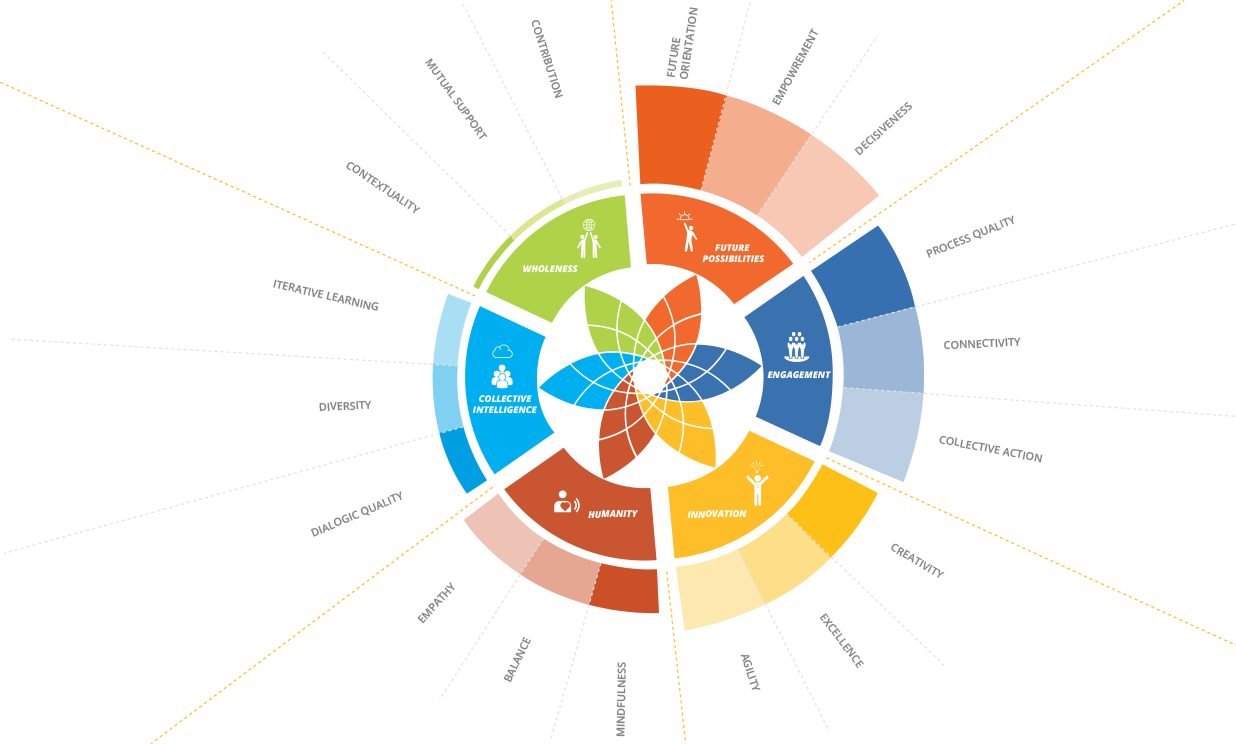

Peter is the Executive Director of DiversAct, an international NGO in Europe. The mission of the organization is to put biodiversity and natural resource management high on the public agenda.
Read More
Andrea is the sustainability manager of a European energy supply company that intends to enter into the renewable energy field, but still runs coal and a few nuclear energy plants.
Read More
Celine is a water engineer and the chair of the inter-ministerial coordination committee for the implementation of the drinking water policy in an African Country.
Read More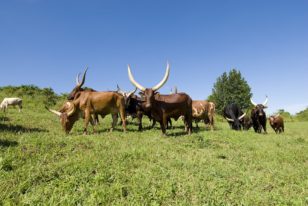
Nadeem is leading a complex strategic sustainability initiative between NGOs, development cooperation, the public sector and the private sector.
Read More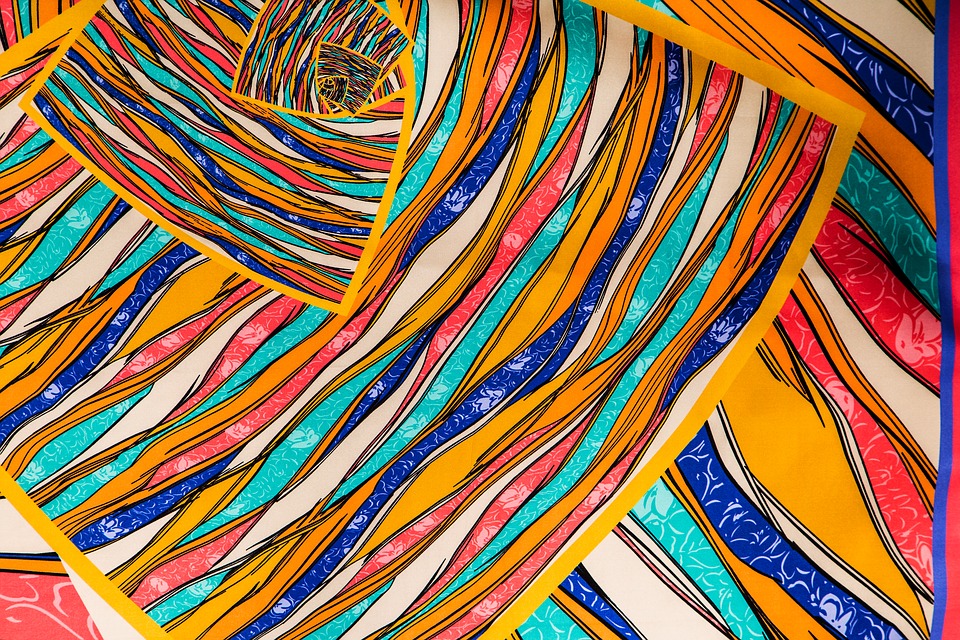
Mike is the CEO of medium-size textile company. When he joined the company, sustainability issues were still seen as belonging to the communication department.
Read More